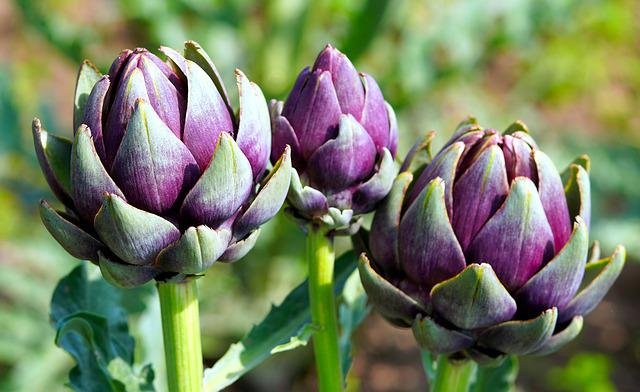
Artichoke in the form of mother tincture is convenient to use and is good for health, especially for women: it purifies, slims, detoxifies and is an excellent ally for the stomach and intestines.
The artichoke in its use in the form of mother tincture is a detoxifying and purifying preparation, useful in case of digestive difficulties, for the health of the liver and counteracts possible episodes of tachycardia and hypertension. Let’s find out better.
Properties of the mother tincture of artichoke
The mother tincture of artichoke has the same properties as the plant, proving to be an important detoxifier with a diuretic, purifying, digestive, antioxidant and slimming action, but not only.
The main active principles of the plant, which we also find in the mother tincture of artichoke, are polyphenols, cynarin, cynaropicrin; we also find precious minerals such as iron, potassium, calcium and flavonoid compounds. In addition there are vitamins, such as vitamin C, B1 and PP.
Various studies have shown that the cynarin contained in the artichoke, rendered inactive by cooking, causes an increase in bile flow and diuresis, also playing an important role in lowering the cholesterol level.
The mother tincture of artichoke is also very useful for women, specifically for calming tachycardias and hypertension, connected to the typical discomfort of menopause, anxiety or menstrual pain. Let’s see how it is used.
Use of artichoke mother tincture
The mother tinctures have no contraindications other than those of the plant itself, diluted in a little water they can be administered to everyone, the alcohol contained in them is thus diluted. About 30 drops of artichoke mother tincture are recommended three times a day, after consulting a specialist.
Contraindicated for those suffering from gallstones or with particular allergies. To be used after medical consultation during pregnancy and lactation.
- For the treatment of mild ailments, such as digestive difficulties, to purify, for female ailments or as an intestinal regulator, 20 drops will be sufficient to be diluted in a little natural water and to drink on an empty stomach 3 times a day.
- For slightly more targeted treatments, therefore as a hypoglycemic agent and to assist in the treatment of liver-related diseases, 30 drops 3 times a day between meals are recommended.
The integration of artichoke will have to continue for a prolonged period, but the doctor’s opinion is always recommended before embarking on the purification treatment. The mother tincture of artichoke is easily found in herbalists. A 50ml bottle costs around 10 euros.
Description of the artichoke plant
The artichoke plant, scientifically known as Cynara scolymus, is a perennial herb belonging to the Asteracea family and derived from wild thistle: it is cultivated especially in Mediterranean countries and can even reach one meter in height.
The bracts or fruits that form the basis of the flower – which are the notoriously most consumed parts – can appear with thorns, without thorns and of small size; they are often mistakenly called leaves. With artichokes you can indulge yourself: from Campania, Romans, Sardinians, from Chioggia, the slow food presidium, the “castraure”, violet artichokes from the Venetian island of Sant’Erasmo, there are really many varieties.
The artichoke was already used and consumed by the Romans and in ancient Egypt. Already in the sixteenth century it was appreciated for its therapeutic virtues, in particular diuretic. The French doctor Leclerc considered the artichoke, together with dandelion and flue, one of the “three musketeers” of phytotherapy.
Curiosities about the mother tincture of artichoke
The mother tincture of artichoke is obtained using the cauline leaves, collected from April to June, or the fresh leaves of the stem; it is prepared with a drug: solvent weight ratio of 1:10 and an alcohol content of 55% vol.
In diets based on blood groups, the artichoke is particularly suitable for blood group 0 and blood group A, while it represents a harmful food for the other two blood groups (B and AB).






